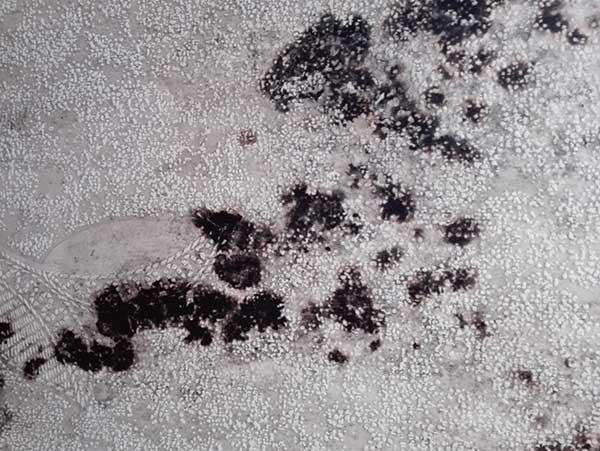Homeowner Resources for New Jacksonville, FL Residents
Moving to Jacksonville, Florida will bring some sunshine to your life. With Jacksonville being one of the top 100 sunniest cities in the United States, you are sure to soak up some joy living there.
Real Estate Overview
Jacksonville is the largest city in Florida and has a population of approximately 907,529, which makes it the most populous as well. The real estate market in this sunny city is warm and healthy. That’s a good sign for everyone involved. The average listing price for a home in this area is $196k, which is just $10k up from March of last year, while the median closing price is $178k. Homes tend to sit on the market for approximately 68 days which is down from 84 days on the market at the beginning of 2017.
Zillow predicts home values will rise by 4.5 % within the next year. Some demographics for Jacksonville, Florida are as follows:
- Median income for Jacksonville Beach is $62,470
- Owner-occupied residents make up 64% of the homes
- 63 % of the population is married
- The coastal area has more senior citizen population, while the places inland are inhabited by more middle-aged people.
- The median age was 35.5 years.
- “For every 100 females, there were 94.1 males. For every 100 females age 18 and over, there were 91.3 males” (Source: Trulia)
Jacksonville Homeowner Resources
Here are several resources to help make your transition to the area flow more smoothly.
Utilities
1. Heat
Whether you have propane, natural gas, or electric heat, Florida Public Utilities handles all these services. You can contact them here to set up service. Bill payment is convenient by phone, online, or through the mail.
2. Water Department
You can contact JEA to start new service for your water utility. You will need to fill out this form if you have never had service with them before. You can enroll in their autopay program if you don’t want to have the hassle of dealing with your bill every month.
If you prefer you can pay online manually or mail to: JEA P.O. Box 45047 Jacksonville, FL 32232-5047. If you’d like to look at their rate comparison chart, you may do so by clicking on this link. They say their rates are lower than they were six years ago if you adjust for inflation.
3. Waste Management
For residents of Jacksonville, Florida, waste disposal is not costly like it is in rural areas where residents must pay a monthly fee for pick up. You will need to check here to see what day and time your particular waste management provider will be by to collect your items.
The website notes that there is a pickup for garbage, yard waste, and recycling, so that should cover all of your waste management needs.
A Few Things To Do in Jacksonville
With such a large city, there’s plenty of things to see and do. Here are just a few of them:
1. Catty Shack Ranch Wildlife Sanctuary located at 1860 Starratt Rd is an exciting time for the whole family, especially if you love big cats. Watch the night feeding while 600 pounds of meat is fed to the “cats” or tour during the day. This sanctuary is a place where these cats are loved and protected.
2. Big Talbot Island State Park is perfect for those who want to enjoy hiking, boating, bird watching, or just enjoying the beauty of nature. Located at 12157 Heckscher Dr, this beautiful park awaits.
3. The Kingsley Plantation will take you back in time. This location is owned by the National Park Administration and contains several historical sites. You will find it at 11676 Palmetto Avenue.
4. Here is a link to the top beaches in the Jacksonville area.
When you’re ready to find the perfect house in Jacksonville, Florida contact us for the best home inspection.






 Believe it or not, mold is actually an important part of Nature and the source of food and medicines. Mold plays an important role in breaking down organic matter like dead leaves and limbs. It is also used to make penicillin and in the making of some cheeses, such as brie. But mold in your home is not only ugly, but can be dangerous to your health.
Believe it or not, mold is actually an important part of Nature and the source of food and medicines. Mold plays an important role in breaking down organic matter like dead leaves and limbs. It is also used to make penicillin and in the making of some cheeses, such as brie. But mold in your home is not only ugly, but can be dangerous to your health.

